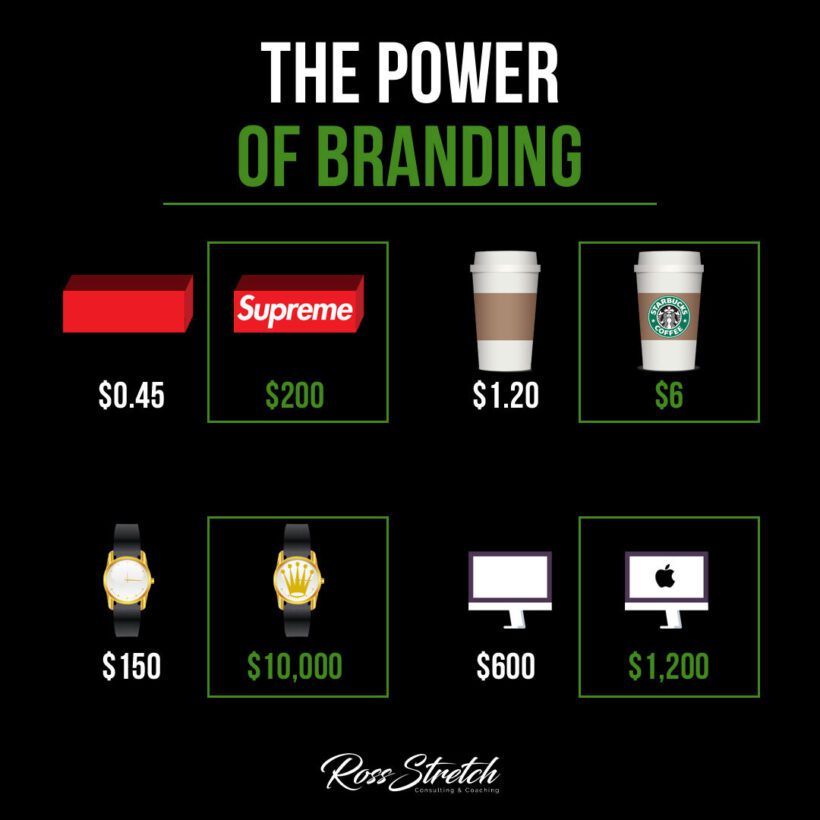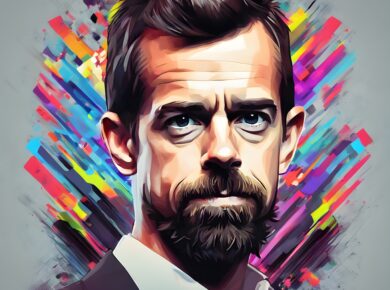In a world where a logo or a name can drastically mark up the price of an item, understanding the power of branding has never been more crucial. Branding is not just a marketing buzzword; it’s a pivotal strategy that can elevate a product from a commodity to a symbol of lifestyle and status. This article delves into the essence of branding and how it affects consumer perception and business success.
Understanding Branding Beyond the Logo
Branding is often misconstrued as merely the visual identity of a business—the logo, the colors, the typography. However, it’s much more than that. Branding is the essence of what a company stands for, the promises it makes to its customers, and the emotions it evokes in its audience.
Branding as a Storytelling Tool
Every brand tells a story. Successful brands create narratives that resonate with their customers, narratives that are authentic, compelling, and memorable. This storytelling aspect is what turns a basic product into something with a personality and values that consumers can align with.
The Psychology Behind Brand Value
Why are consumers willing to pay more for a branded product? It boils down to psychology. Brands that establish a strong identity often command loyalty and trust from their customers, who perceive these products as superior in quality and status.
The Halo Effect of Strong Brands
A strong brand often benefits from the ‘halo effect’—where the perception of one positive attribute (like quality or luxury) extends to a broader judgment about the product. This effect can significantly influence purchasing decisions and pricing power.
Case Studies: The Impact of Branding on Pricing
The infographic presents stark contrasts in pricing between branded and generic products. A simple skateboard logo can exponentially increase an item’s value. Coffee becomes a luxury experience rather than a mere beverage. Watches transform into symbols of wealth, and computers become icons of innovation.
Analyzing the Branding Price Premium
What these case studies demonstrate is the ‘branding price premium’—the extra amount consumers are willing to pay for a branded product over a generic one. This premium stems from the brand’s reputation, the consumer’s expected experience, and the personal identity that comes with the brand.
Building a Brand that Commands a Premium
Creating a brand that can command a higher price point requires a deep understanding of your target market, a commitment to delivering consistent quality, and the ability to evoke emotions and create connections through your brand story.
Steps to Building a Powerful Brand
- Define Your Brand’s Core Values: What does your brand stand for? What are its personality and promise to customers?
- Consistency is Key: Ensure that every touchpoint with customers reflects your brand’s values and message.
- Engage Emotionally: Build emotional connections with your audience. People make purchasing decisions based on emotions.
- Deliver on Promises: Your brand’s reputation hinges on the quality of your products and the experiences you deliver.
In Conclusion: Harnessing Branding for Business Success
The power of branding lies in its ability to transform perception and dictate market value. For entrepreneurs and marketers, understanding and leveraging this power is essential for carving out a competitive edge and achieving long-term success.


